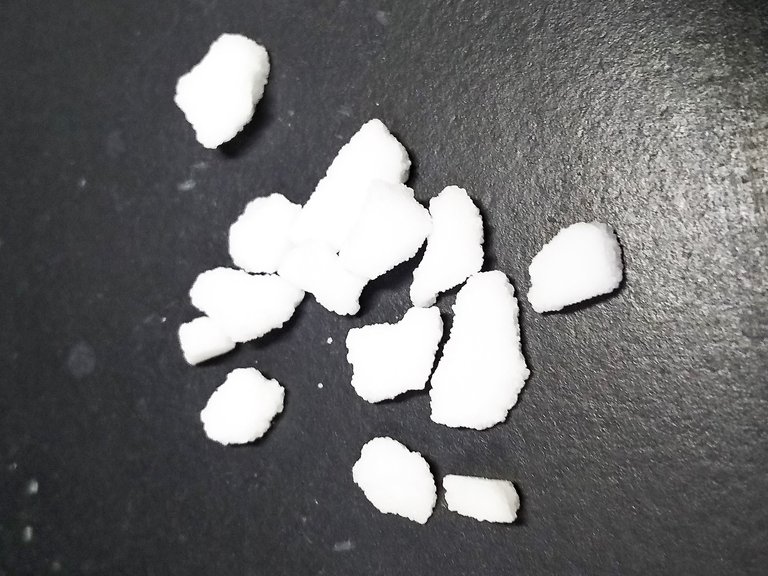This post, I will be writing about a case of bank robbery but since we at STEMSOCIAL aren't learning about Heist we are going to be looking at something that relates to science on the case.
It came to the notification of people that something terrible had happened in a bank when a woman dragged herself out of her office and collapsed onto the street. The situation that occurred at the bank floor led to the death of 12 people and what led to their death was was something as simple as a Business Card and a handful of pills.

The person who came into the bank with the card claimed to be an officer with the Japanese welfare department. he claimed to be at the bank on the orders of General MacArthur's headquarters who was the commander of the United States occupying force in Japan after world war 2. He said that his office was concerned about a case of dysentery in the neighborhood and said he was there to inoculate them against it.
The manager called the staff in the bank, and asked them to listen to the man who told them they had to take 2 medications, a pill and a Liquid where the liquid will be taken immediately after the first medication. He did gave them the liquid after which people began to feel sick and one of the accountant immediately collapsed after which people began to collapse. The man who gave them the substances to consume began to steal money both in cash and cheque.

A police man found people's body lying dead with only three survivals who were taken to the hospital to get their stomachs flushed and were given antibiotics. When the cups where the liquid was poured into for the bankers, traces of Potassium Cyanide were found.
Cyanide is a naturally occurring substance that can be found in plants such as cassava, lima beans, almonds, and in the pits of fruits like apple, peaches, and apricots. This substance is a common poison that has been used in warfare as well as for murder for years. The compound can exist in a gaseous form as Cyanide Chloride and Hydrogen Cyanide, in crystallised form as Sodium Cyanide, and Potassium Cyanide.

When cyanide gets into the body, it goes to cells and attack the mitochondria. It binds to Cytochrome oxidase in the mitochondria. The most common form of cyanide poisoning is smoke inhalation from homes that burn down or from cigarette as hydrogen cyanide is the byproduct of tobacco burning in an environment that is oxygen deficient. The poison affects the cardiovascular system and the central nervous system and in lethal doses people can die in seconds. People with less than lethal exposure to cyanide can experience nervous system symptoms like headaches, anxiety, lethargy, confusion, seizures, and they can end up going into a coma.
Cardiovascular symptoms includes a slowed heart rate, which is usually followed by a fast one, trouble breathing, and low blood pressure. When talking about the toxicity of cyanide poisoning, people who survive the poison can end up with Parkinson's disease which is a neurological disease, as well as other neurological disease. It is important to remove exposure when talking about treatment, and in the case of ingestion, activated charcoal is used to bind with the poison.
Using a Cyanide kit is the best way to treat Cyanide poisoning and this kit is made up of a combination of Amyl Nitrate, Sodium Thiosulfate, and Sodium Nitrate to remove cyanide away from the cells. Using hydroxocobalamin also provide a bind for cyanide to become Cyanocobalamin which is then passed out of the body through urine.
Post Reference
https://www.newspapers.com/image/47469589/
https://murderpedia.org/male.H/h/hirasawa.htm
https://www.smh.com.au/world/19th-bid-to-clear-late-murderers-name-20030712-gdh31p.html
https://www.ncbi.nlm.nih.gov/pmc/articles/PMC4090999/
https://www.ncbi.nlm.nih.gov/books/NBK507796/
https://emedicine.medscape.com/article/814287-overview?form=fpf
https://www.cdc.gov/chemicalemergencies/factsheets/cyanide.html
https://www.uptodate.com/contents/cyanide-poisoning
Image Reference
Image 1 || Wikimedia Commons || Sodium Cyanide
Image 2 || Wikimedia Commons || Hydrogen cyanide
Image 3 || Wikimedia Commons || Acyl cyanide synthesis
